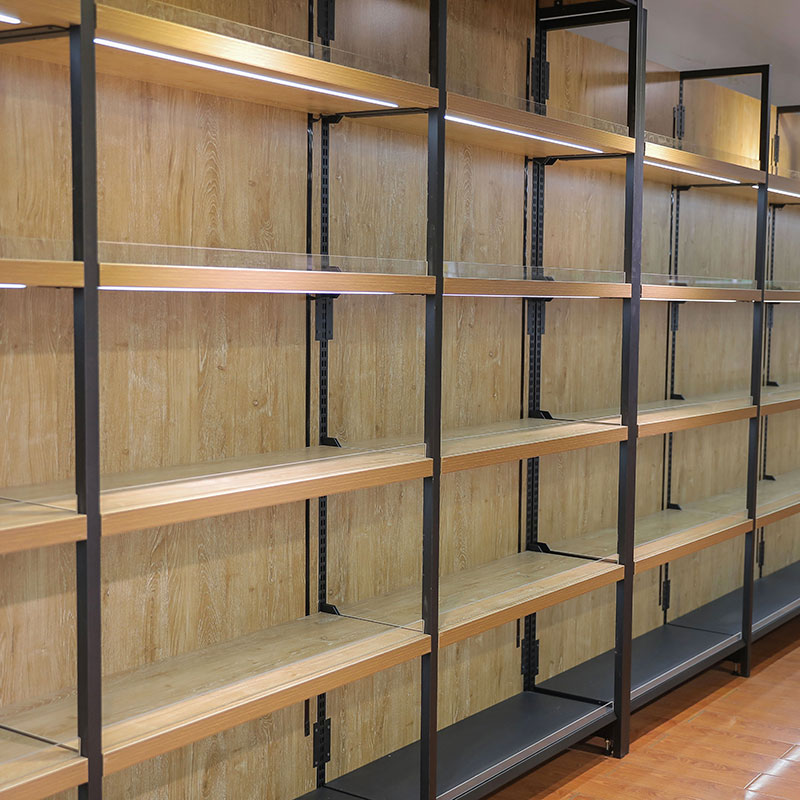Supermarket shelving are typically designed and built to withstand tolerable shocks and stresses, taking into account daily restocking activities and interactions with customers. Here are some factors to remember about supermarket shelf sturdiness:
Materials and Construction: Supermarket cabinets are typically made from sturdy materials, including metal, aluminum, or reinforced plastic. The structure is able to provide sufficient strength and stiffness to reduce the load on the product while withstanding impact forces.
Load Capacity: Shelves are designed to meet the specific load capacity of each unit, the stress exerted on the shelf during restocking and consumer interaction. However, exceeding specified load specifications may result in damage.

Installation and Fastening: Correct installation and fastening of racks are crucial to their resilience. Racks need to be securely attached to the wall or floor to provide stability and limit the risk of tipping over at certain points of interaction or accidental impact.
Adjustable Features: Many grocery store cabinets offer adjustable features as well as peak adjustable brackets or removable shelves. While these features increase flexibility, they also have little impact on the overall strength and stability of the shelving unit.
Impact Resistance: Supermarket cabinets are designed to withstand moderate impacts while remaining functional. However, excessive or repeated pressure, as well as heavy gadgets being dropped or intentional abuse, can cause damage to cabinets.
While supermarket cabinets are durable, today they are not indestructible. Regular maintenance and inspections are essential to detect any signs of damage or wear. In addition, supermarket staff and customers must handle shelves and merchandise with care to reduce the risk of injury or damage.

 English
English русский
русский Deutsch
Deutsch Español
Español 中文
中文










